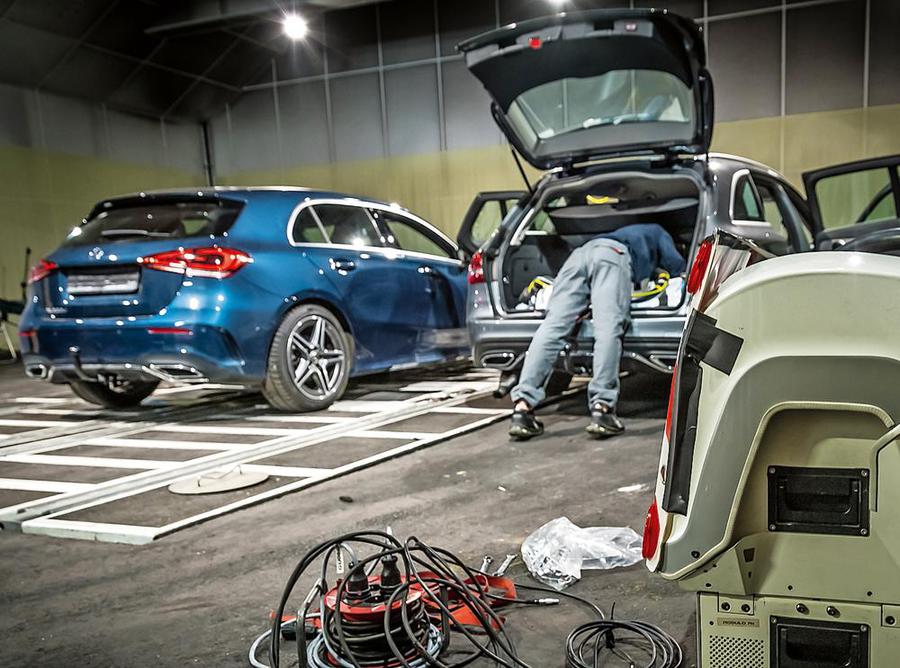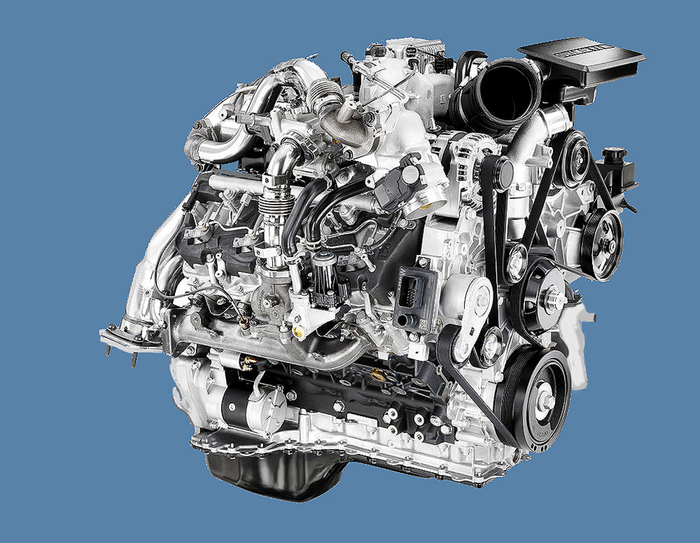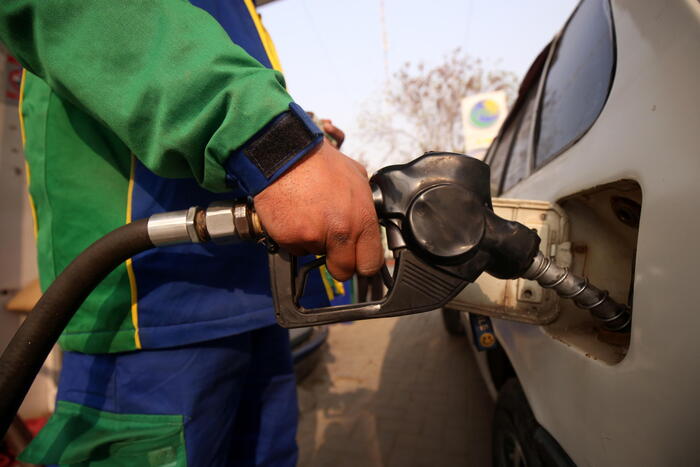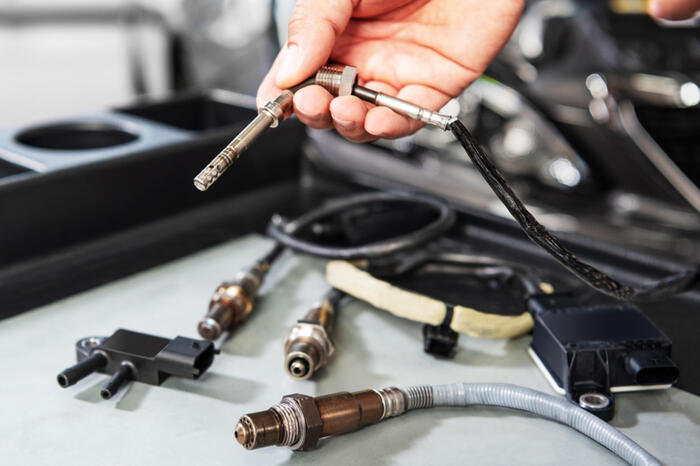The modern Euro 6d turbodiesel engines, thanks to the development of technology and the presence of sophisticated and effective exhaust gas post-treatment systems, are perfectly responsive to the needs of protecting the health of people and the environment, with emissions of oxides of nitrogen (NOx) and fine particles (PM) far below the legal limits and lower than those of petrol direct injection engines. This is what emerged during a video conference organized today by the authoritative magazine Quattroruote in which the results of a complex road test carried out in Milan were anticipated and will be published in the next issue of the monthly.
The technicians, in collaboration with Mercedes, Bosch and the independent body Innovhub SSI, compared three models - an A 200 d turbodiesel, a B 160 petrol and a C 300 de plug-in hybrid with diesel engine - repeating measurements under real driving conditions on urban roads.
The average values of the emissions of nitrogen oxides and of the number of exhaust particles measured by Pems (the special equipment mounted in the tail and connected to the exhaust) and with a special MSS device on the three cars tested, showed surprisingly (but not too much) ) that the emissions of the model with a turbodiesel engine were lower than those of the petrol car for both NOx and PM while the C 300 de (i.e. the plug-in hybrid with diesel) was in advantage for NOx, but it is positioned halfway between diesel and gasoline for fine particles. Quattroruote underlines how all three of the cars under test recorded emissions far below the limits allowed not only on the road, but also in the laboratory. It is a very different situation from that which occurs with diesels developed before the advent of RDE tests which are tested on the road and typically record high NOx values. In detail, the Mercedes A 200 d recorded 4.41 milligrams per km of NOx in the road test and 3.4 micrograms per cubic meter of fine dust compared to homologation limits that are respectively 114 milligrams per km and 900 micrograms per cubic meter in the case of road tests and 80 milligrams per km and 600 micrograms per cubic meter set as limits in the more severe laboratory tests. Without prejudice to these limits, the efficient Mercedes B 160 petrol registered 4.69 milligrams per km of NOx and 10.9 micrograms per cubic meter of PM. As anticipated, the plug-in hybrid performed better from the point of view of NOx emissions (2.80 milligrams per km) but worse than the 'pure' turbodiesel in fine particles, with 7.3 micrograms per cubic meter. In certain situations, it has been emphasized, the level of 'cleanliness' of what comes out of the exhaust of a modern diesel car is such as to represent an improvement in the quality of the air of between 25 and 2,000 times compared to what is sucked. '' The results obtained did not surprise us - commented Gianluca Pellegrini, director of Quattroruote - because being in constant contact with all the news we know very well what efficiency levels diesel engines have now reached. This test, if ever needed, reiterates that it is absurd and counterproductive to demonize diesel and block models with particulate filter, from Euro 5 up, in situations of heavy pollution. Instead, what is indispensable is an incentive policy for scrapping, to remove old diesel models from the streets which are instead polluting ''
Diesel, modern engines less polluting than petrol
2020-04-04T15:12:40.660Z

Quattroruote, NOx and PM tests only fractions of the legal limits (ANSA)












